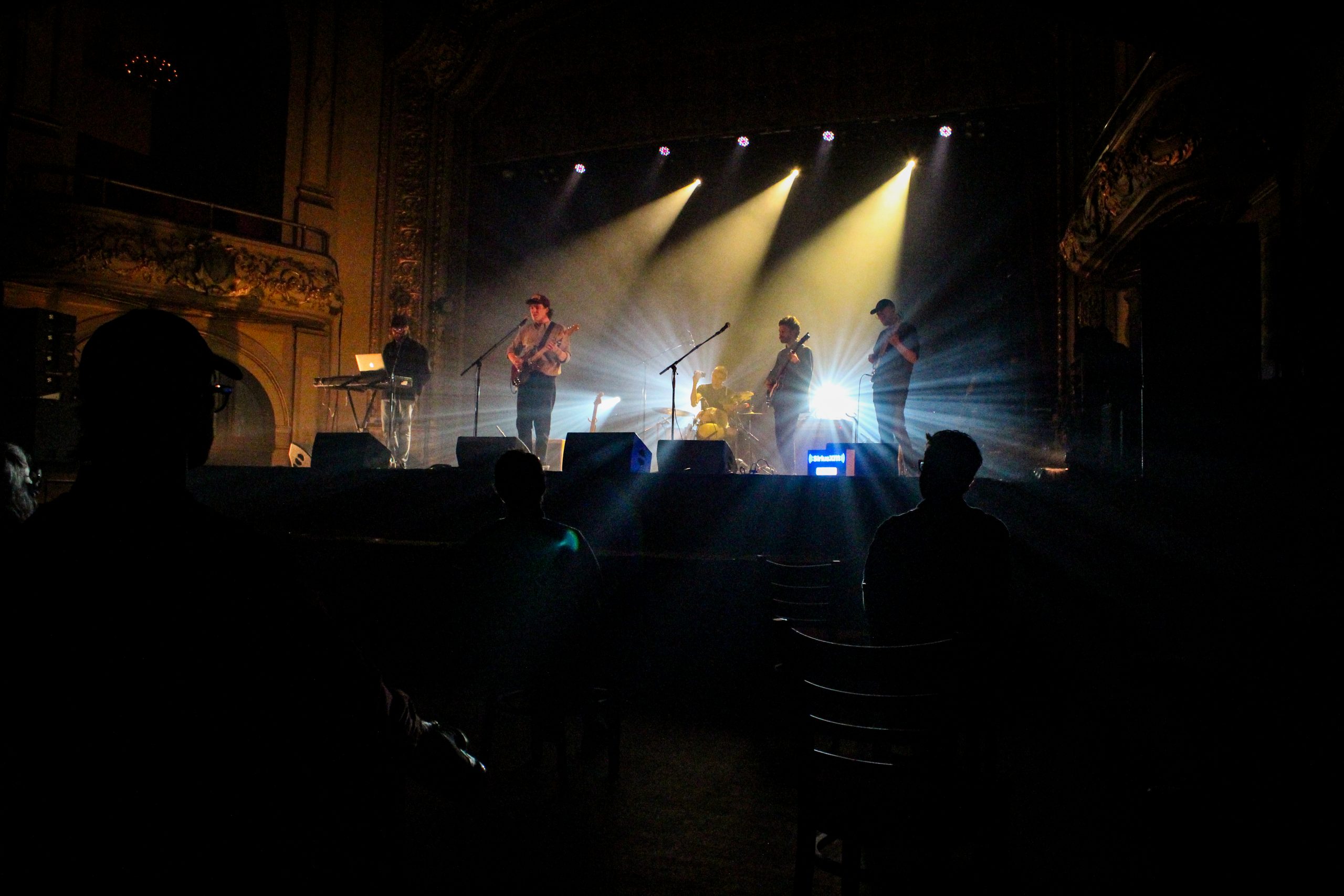Continuing to put on concerts should not be the only way to support musicians and preserve independent venues.
Back in July, when the Quebec government passed a law to allow indoor gatherings of up to 250 people, a handful of event organizers got the greenlight to have a few socially distanced shows. This inspired the PHI Centre to host a handful of small, seated performances on their new rooftop terrace, and both MUTEK and Festival De Music Émergente festivals to proceed while adhering to public health directives. Shortly after, small live performances became the norm.
Given that Montreal is one of the Canadian cities hit hardest with a high number of COVID cases and deaths, most people would find it completely illogical to have concerts again. Although the number of cases gradually decreased over the summer, putting on concerts did not seem right. Most venues/promoters explained that their events would be seated to limit motion, require the wearing of masks at all times and have an extremely limited capacity of 20-50 people. Since then, Montreal entered their second wave with the virus, banning all gatherings until the curve flattens.
As most music fans are aware, attending live shows is the most effective way of supporting musicians. Streaming services becoming the most common way to consume music has drastically affected album sales. In fact, many artists have come to the consensus that their music streams are quite useless. Earlier this year, it came to light that Spotify pays its artists $0.003 USD per stream, which only becomes a liveable wage if artists can generate millions of streams in a consistent manner. That leaves the majority of artists to make most of their income from concert ticket and merchandise sales.
The Canadian government does support musicians through their granting system. This fund exists to help artists create and promote their music with the goal of expanding their audience. However, this effort does not replace touring, which helps artists generate the majority of their income. With the possibility of touring becoming less and less likely for the foreseeable future, it is evident that many musicians and touring staff have been placed in compromising financial positions.
During the summer, Montreal Mayor Valérie Plante announced that the city will dedicate $800,000 to “animate” Montreal, and $500,000 of this will go to support artistic performances, focusing on the Quartier des Spectacles area downtown. She also focused heavily on the aspect of creating new spaces. Although the full details of this project have yet to be fully unravelled, the mayor has yet to mention a plan for small, independent venues.
For the greater part of this year, the majority of music venues will remain empty. Many of the small venues all over the world including Montreal’s beloved La Vitrola have permanently closed their doors. Although there have been relief funds and loans available to help, those donations will not provide venue owners stability as the situation with the pandemic continues to worsen. Those spaces also hold such importance, as they are essential when it comes to launching a career in music.
After putting off these socially distanced shows for a while, I caved and decided to catch a few sets at POP Montreal earlier this fall The festival is known for hosting international artists each year but focused on promoting local artists this time around. The events were mainly held at the Rialto Theatre rooftop to avoid traffic at indoor venues. With Montreal entering code red days before the event, ticket sales were immediately halted. This forced organizers to further reduce their capacity again and only use 25 per cent of their initial capacity, to avoid overcrowding. They also livestreamed the majority of their sets for free.
My experience at the POP Montreal made me realize that there has to be a safe and reliable way to continue supporting local artists and venues. On top of having an elaborate plan to ensure safety and having more security guards to help guide attendees, significantly downsizing the festival definitely impeded the execution of certain events. For instance, the art installations were only available for view from 12 p.m. to 6 p.m. instead of having it available until the final shows at the Rialto ended, according to their Instagram stories. As well, both of the performances I caught (Jonathan Personne and Thanya Iyer) lasted roughly 30-40 minutes without any encores, despite having an hour-long slot without openers.
Despite attending multiple seated shows over the years, those ones seemed particularly odd. Whether it was the seats being placed 10 feet from the stage or the lack of artist-to-audience connection with these half-empty rooms that do not radiate a sense of togetherness, attending these makeshift shows was not satisfying at all.
Another important element to consider is that a lot of these spaces used to hold a capacity of over 1,000 people. Proceeding with socially-distanced shows when cases begin to decrease will create inequalities among both artists and promoters. Renting larger venues just to use 25 per cent of their capacity is both costly and will make all venues who have a capacity of under 100 useless, since playing to a crowd of 10-20 in a small venue or bar is both risky and not as profitable. There has to be a proper agenda put in place to help artists maintain their careers and prevent further venue closures to avoid rushing to plan shows without a COVID vaccine.
Even though the prospect of returning to a state where people can genuinely go out and enjoy dancing and moshing at gigs is extremely slim, being patient and looking into ways for effective ways to help rebuild our music scene through supporting local venues is what will save live music, even if the experience is not as pleasant.
Feature photo by Sun Noor
